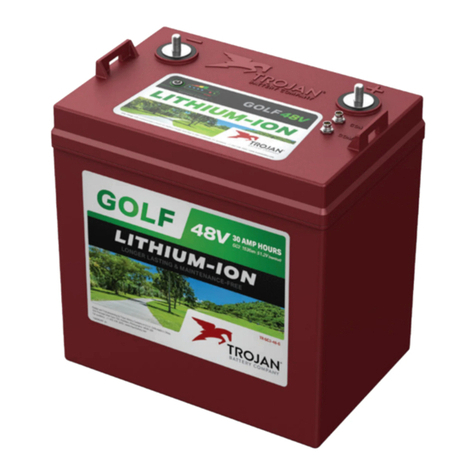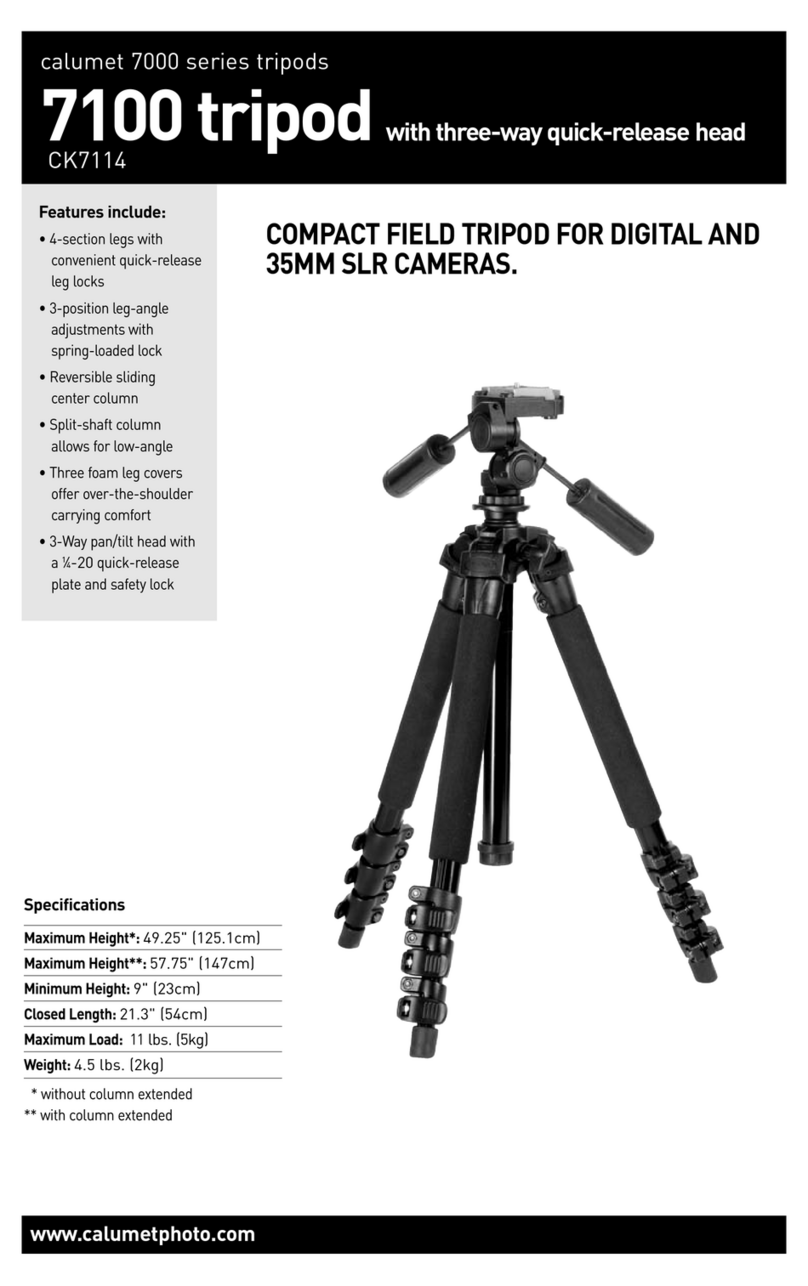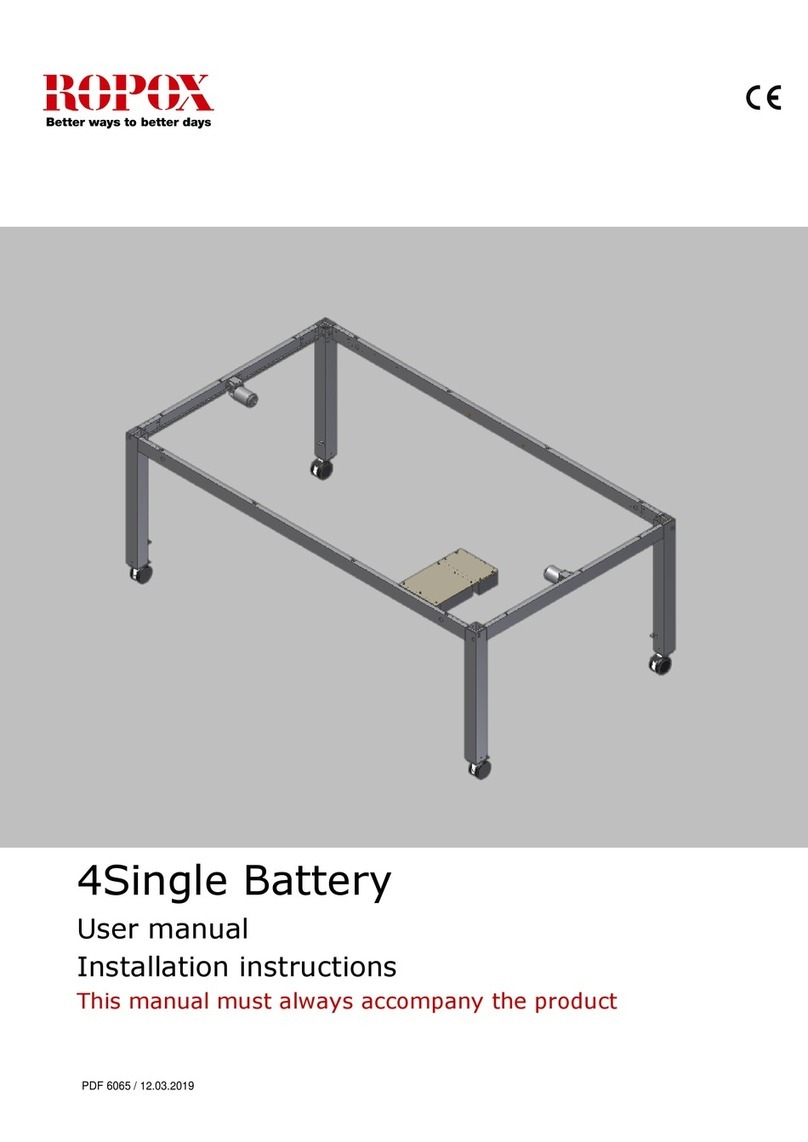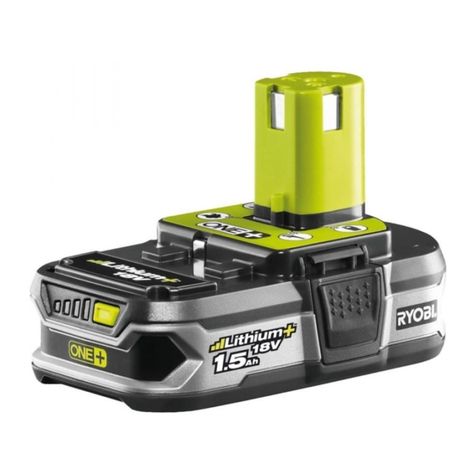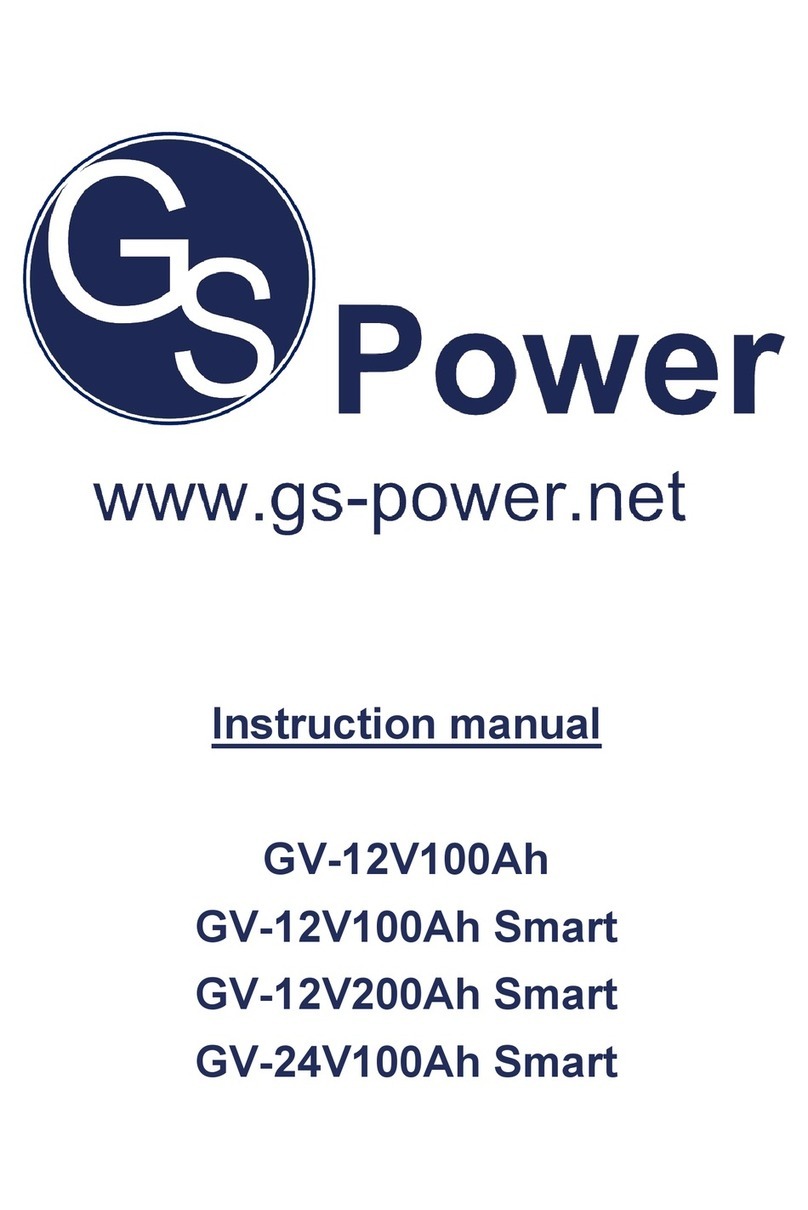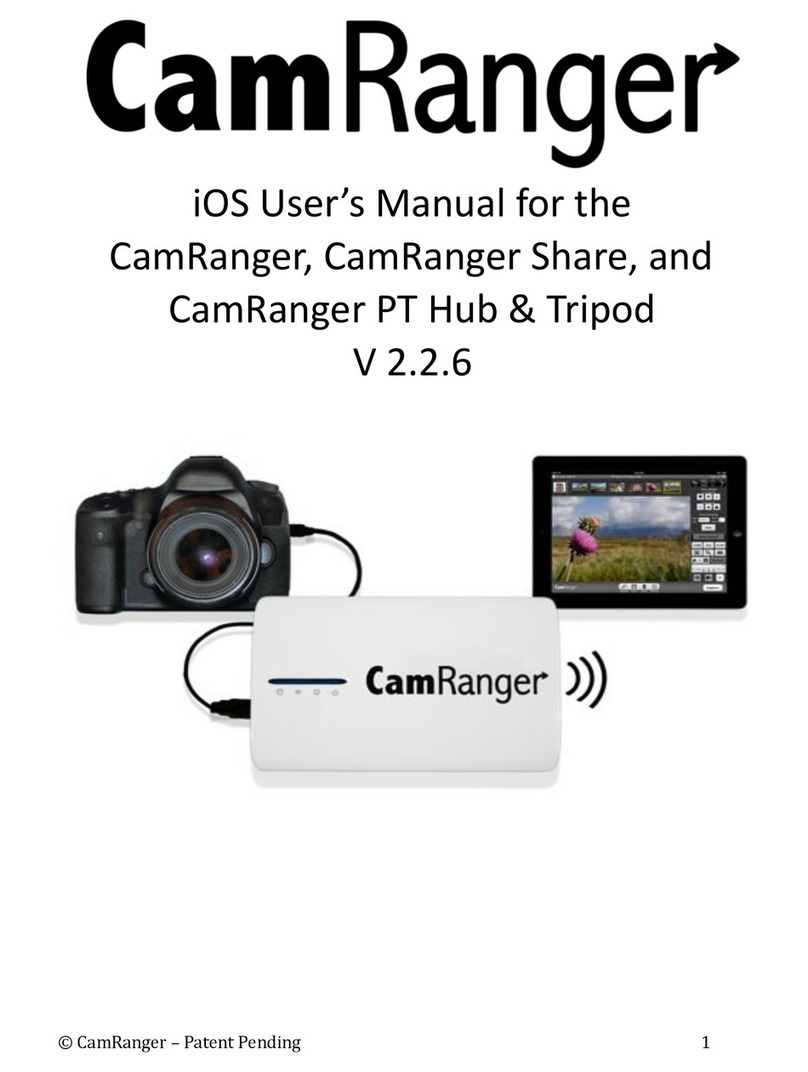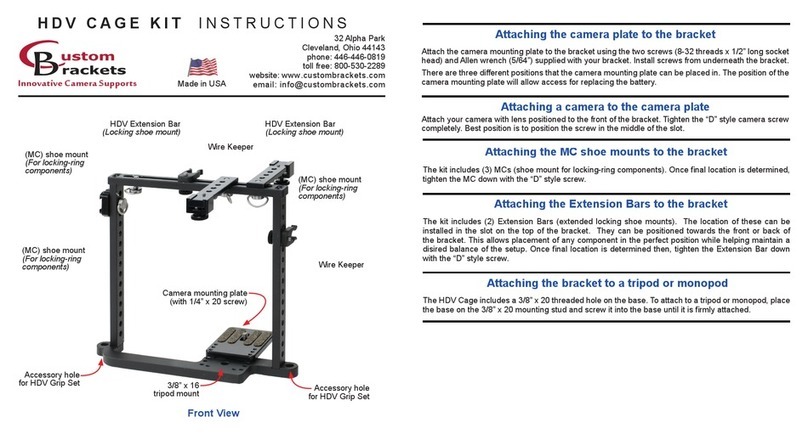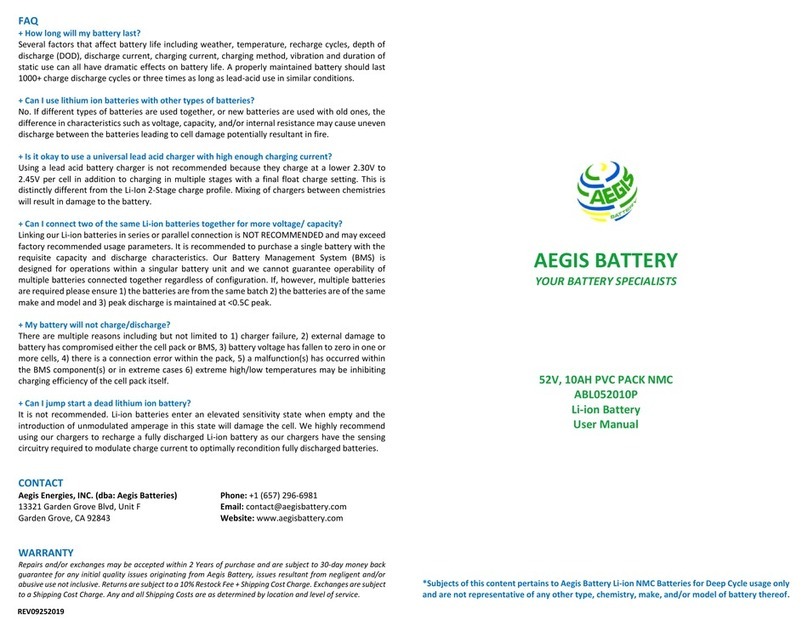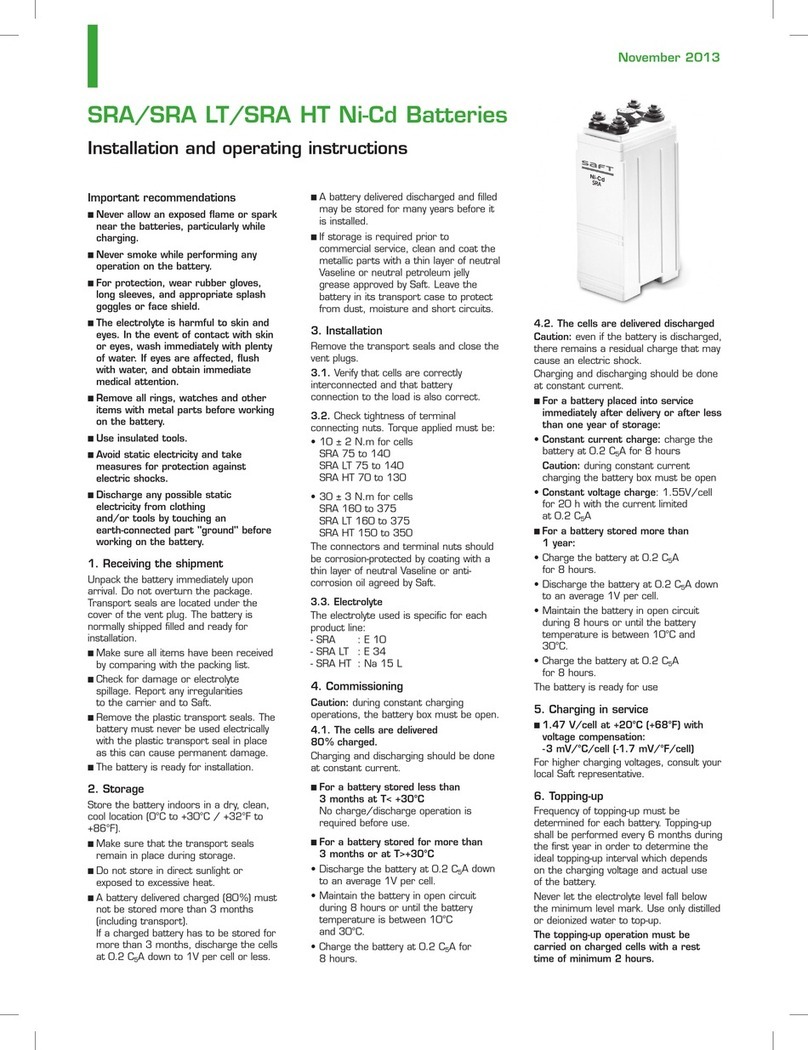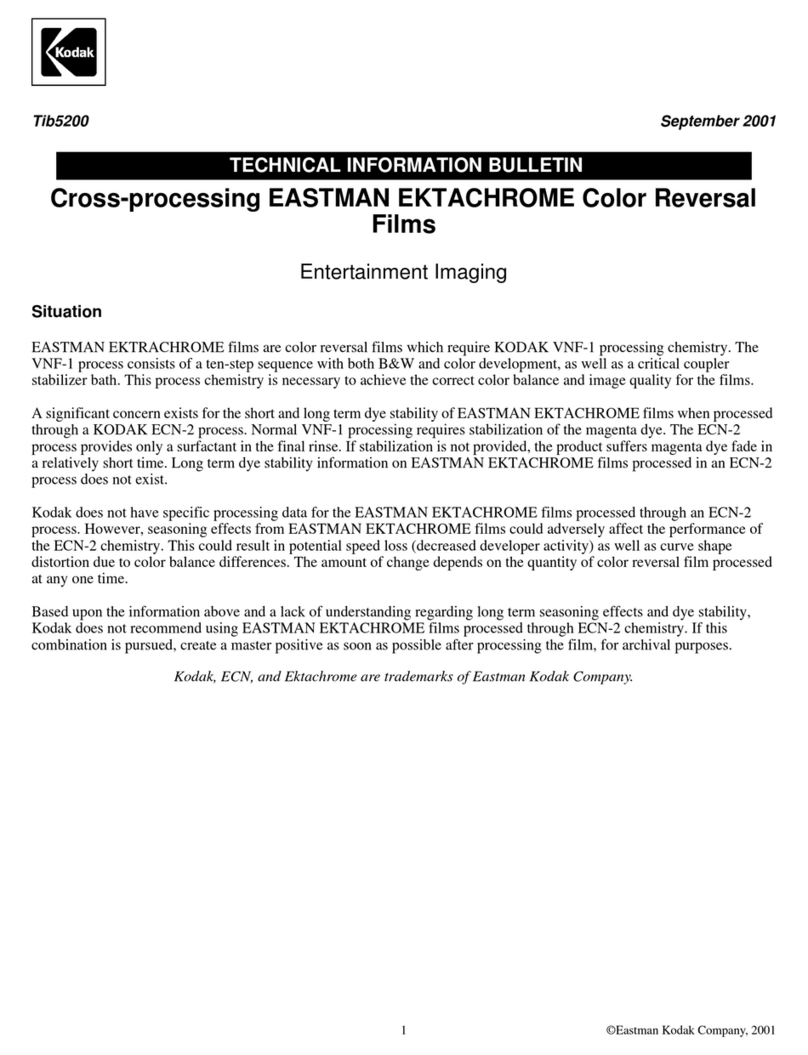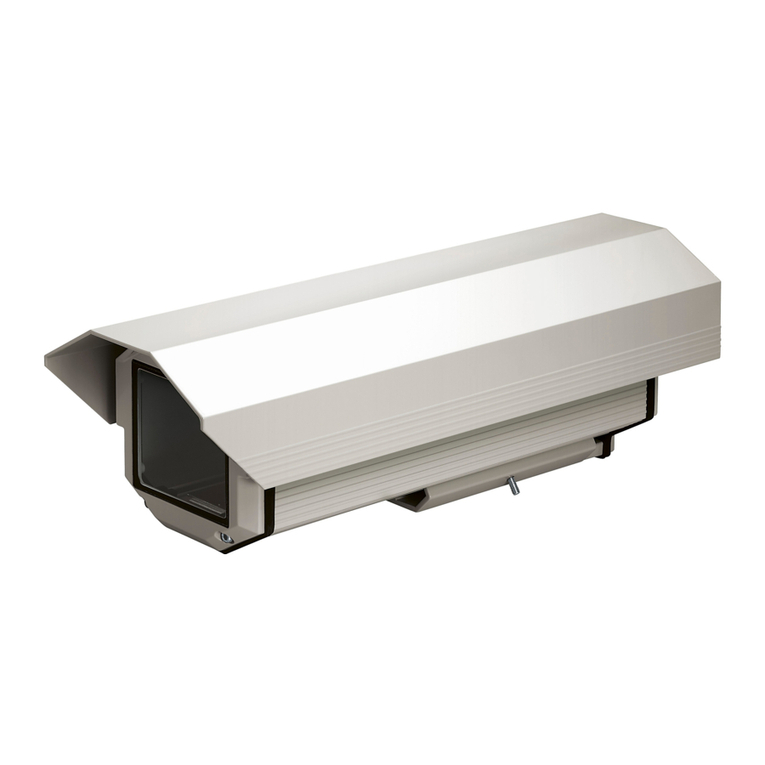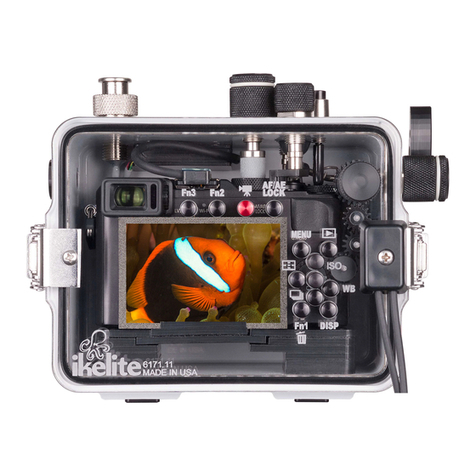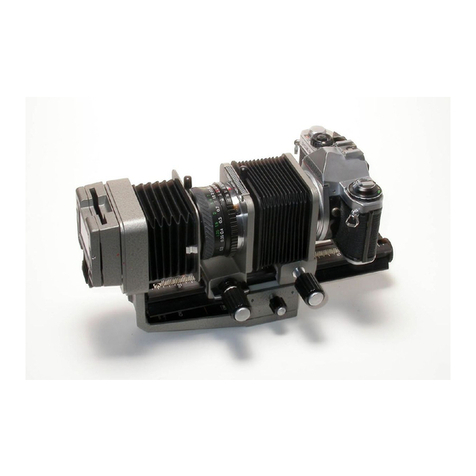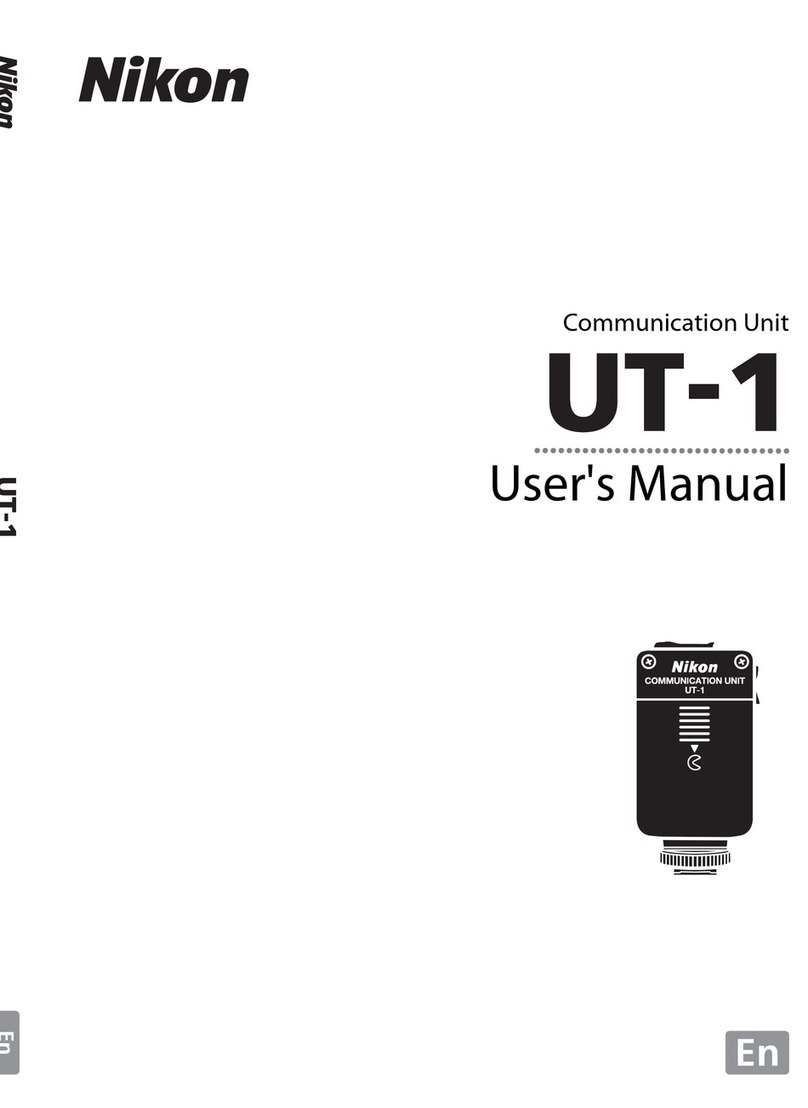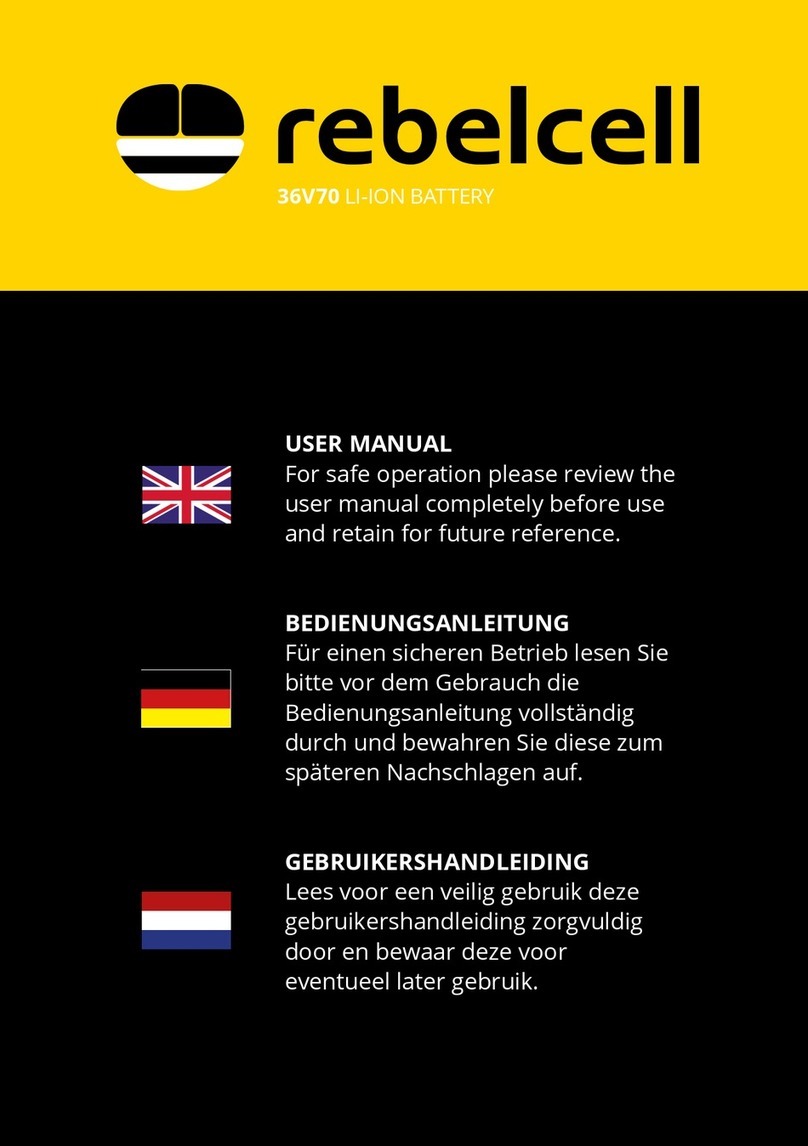
1. Security guidelines and measures
1.1. General
• Do not short-circuit the LiFePO4 battery.
• Do not disassemble, crush, pierce, open or dismantle the LiFePO4
battery.
• Do not expose the LiFePO4 battery to heat or fire. Avoid direct sunlight
exposure.
• Do not take the LiFePO4 battery out of the original packaging until the
point of use.
• In case of an electrolyte leak, the liquid should not encounter skin or
eyes. In the case of contact, wash the affected area with water and
consult a doctor.
• Always use a class 2 charger, which is specially designed for LiFePO4
batteries.
• Pay attention to the plus (+) and minus (-) markings on the LiFePO4
battery as well as on the device and ensure correct use. First connect
the positive cable and then connect the negative cable.
• Do not mix batteries of different manufacturers, capacities, sizes or
types.
• Keep the LiFePO4 battery clean and dry.
• Secondary batteries must be charged before use. Always use the
correct charger and read this manual for correct charging instructions.
• If the battery is stored for a longer period, remove it from the
vehicle and store it in a dry and frost-free location after charging.
• Switch off all consumers connected to the battery after use, in order not
to discharge constantly.
• Do not leave the LiFePO4 battery connected to the charger for weeks.
• After long periods of storage, the battery must be charged with a class
2 charger.
• Keep the original product documentation or the link to our website
(www.gs-power.net) ready.
